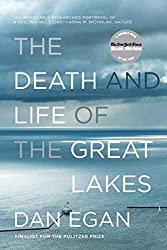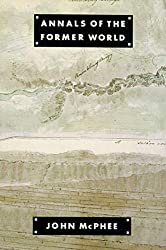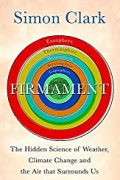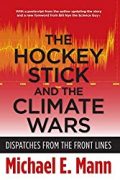
Rating: 9.1/10.
Who are the Native Americans, and how did they get here? This book explores the prehistory of Native Americans through archeological and genetic evidence (and occasionally with linguistic evidence and oral histories as well). The question of the origin of the natives was first explored through the investigation of burial mounds by Jefferson and colleagues. Intellectuals at the time speculated whether the natives were descended from Asians or Europeans, which biblical family they were from, and whether they were humans at all. Modern genetic evidence shows definitively that Native Americans are descended from Asian populations and not from Europe.
The ice-free corridor (or Clovis-first) hypothesis was an influential theory, and probably what you learned in school. Under the Clovis-first model, Native Americans entered North America after the ice age when an ice-free corridor opened up, allowing a passage through the glaciers. Evidence for this comes from Clovis points, found in New Mexico and dating to 13000BP; the Clovis-first theory proposes that these people were the first people in North America and were the ancestors of all Native Americans.
However, this theory was challenged by the discovery of numerous archeological sites from earlier than Clovis, indicating that people were living in the Americas by 14000BP or even earlier. There was no way the ice sheets could have been passable this early, so the coastal migration hypothesis says that people travelled down the coast of the Americas by boat, populating the Americas before Clovis.
The coastal migration theory is more popular now, but archeologists still disagree about the validity of evidence, for example whether a stone tool was really made by humans or natural processes. In many cases there is less evidence than you’d expect if humans were in a region for a long time, but on the other hand, ancient coastlines are underwater now due to sea level rise and inaccessible to archeologists, so it’s unclear whether absence of evidence means much for the theory.
In a brief interlude, the author describes the lab work of extracting genetic information from ancient samples. DNA is extracted from a small amount of tooth sample, and since the DNA is so badly degraded, scientists need to be very careful to avoid contaminating samples. The author applies a series of chemical processes to extract and amplify the DNA before passing the sequence to a collaborator who analyzes the data. Mitochondrial DNA is most frequently used since it is the most plentiful in cells, but it can only tell you about maternal lineage; recently, improved lab techniques made it possible to analyze nuclear DNA as well.
Next, the book turns to telling the prehistory of the Americas through genetic evidence. The Beringians split from a mix of East Asians and Paleo-Siberians and became genetically isolated from other human populations for thousands of years during the ice age, where Beringia was a refuge surrounded by ice in all directions. The evidence is murky: some indigenous populations have traces of other unknown ancestry, and how to explain this is still being debated. The most likely theory is that there were different groups living in Beringia and they migrated into the Americas in multiple different waves.
The last chapter discusses some ethical problems of archeological and genetics research involving Native Americans. Earlier research took samples without permission, producing theories of heritage that contradicted their oral histories: this led many indigenous people to have a distrust of genetic studies and science in general. Nowadays it is very difficult to obtain gene samples from Native Americans, and researchers must work in collaboration with native communities to ensure that everyone’s rights are respected.
Overall, a fascinating book by an experienced researcher, drawing evidence from multiple fields to understand the human history of the Americas. There are many difficulties with interpreting evidence in archeology and genetics: each piece of evidence tells you very little about what happened, but many separate pieces of evidence together can support or refute a broader framework. Still, scientists may disagree about the relative validity of different evidence and thus come to different conclusions.



